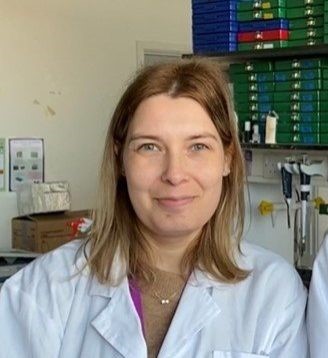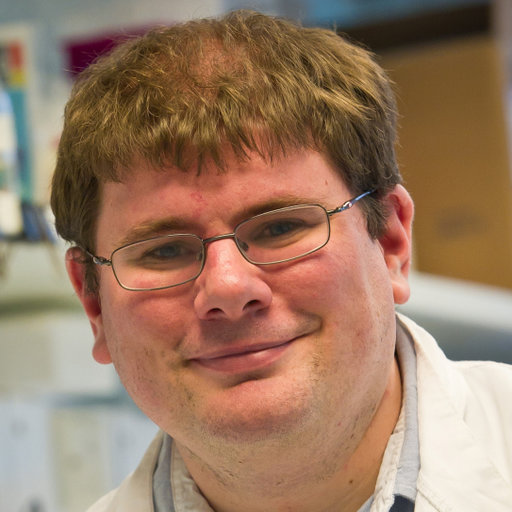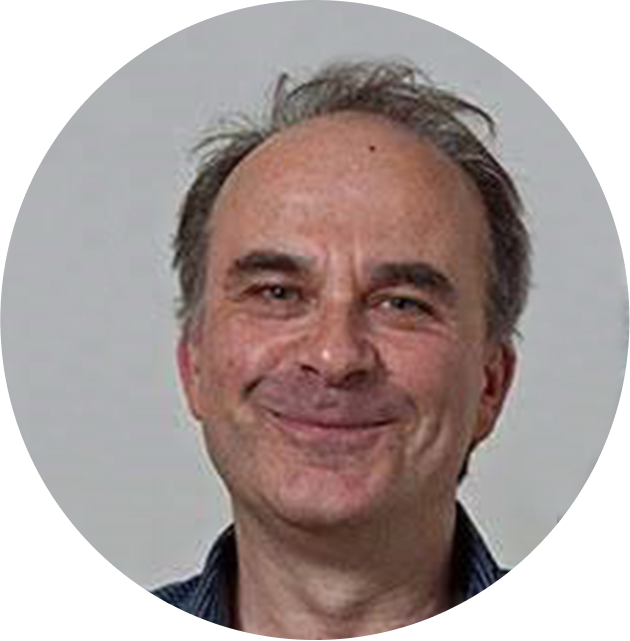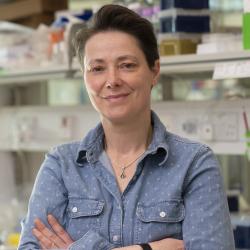The REOLUT Node is consolidating early experimental, clinical and patient advocacy expertise from London, Cambridge and Manchester to build a UK-wide network that will work together to improve the diagnosis and care of patients with rare Lower Urinary Tract (LUT) disorders. In addition to forming a vibrant community of patients, researchers and clinicians that will train the future healthcare and academic leaders in rare LUT disorder research, this node will accelerate discoveries by:
1. Determining novel genetic causes of rare LUT disorders.
2. Understanding how genes are switched on and off in human LUT cells.
3. Optimising gene transfer into human LUT cells to potentially develop novel treatments.

REOLUT Team
Investigators
Researchers

Glenda Beaman
University of Manchester

Filipa Lopes
University of Manchester

Karen Price
University College London
Project Managers

Henry Frost
University of Manchester

Gabrielle Parkinson
University of Manchester
REOLUT Collaborators
We maintain close partnerships with a multitude of international collaborators: patient support group partners, clinical urologists, clinical nephrologists, epidemiologists, clinical geneticists, experts in translational gene therapy, lower urinary tract physiologists, and experts in human urothelial cell biology. If you are a UK-based clinician and see patients that have severe lower urinary tract issues with no genetic diagnosis, please contact REOLUT@rd-research.org.uk to find out more about the GenRALT study and how it is collecting genetic samples and creating a registry of affected individuals to increase our understanding of these disorders.
Publications
- Lopes, F.M., et al., Human HPSE2 gene transfer ameliorates bladder pathophysiology in a mutant mouse model of urofacial syndrome. eLife, 2024. 13: p. RP91828.
- Sonner, S., et al., When should we offer antenatal sequencing for urinary tract malformations? A systematic review, cohort study and meta-analysis. Prenat Diagn, 2024. 44(2): p. 187-195.
- Stegmann, J.D., et al., Bi-allelic variants in CELSR3 are implicated in central nervous system and urinary tract anomalies. NPJ Genom Med, 2024. 9(1): p. 18.
- Bantounas, I., et al., Human pluripotent stem cell-derived kidney organoids reveal tubular epithelial pathobiology of heterozygous HNF1B-associated dysplastic kidney malformations. Stem Cell Reports, 2024. 19(6): p. 859-876.
- Newman, W.G., et al., Urofacial Syndrome, in GeneReviews(®), M.P. Adam, et al., Editors. 1993, University of Washington, Seattle. Copyright © 1993-2024, University of Washington, Seattle. GeneReviews is a registered trademark of the University of Washington, Seattle. All rights reserved.: Seattle (WA).
- Beal, F., et al., A targeted gene panel illuminates pathogenesis in young people with unexplained kidney failure. J Nephrol, 2024. 37(5): p. 1273-1284.
- Beaman, G.M., et al., Case Report: Prolonged survival in Schinzel–Giedion syndrome featuring megaureter and de novo SETBP1 mutation. Frontiers in Pediatrics, 2025. 13.
- Soboh, S., et al., Tumor- and host-derived heparanase-2 (Hpa2) attenuates tumorigenicity: role of Hpa2 in macrophage polarization and BRD7 nuclear localization. Cell Death Dis, 2025. 16(1): p. 92.
- Xu, X., et al., Genetic imputation of kidney transcriptome, proteome and multi-omics illuminates new blood pressure and hypertension targets. Nat Commun, 2024. 15(1): p. 2359.






